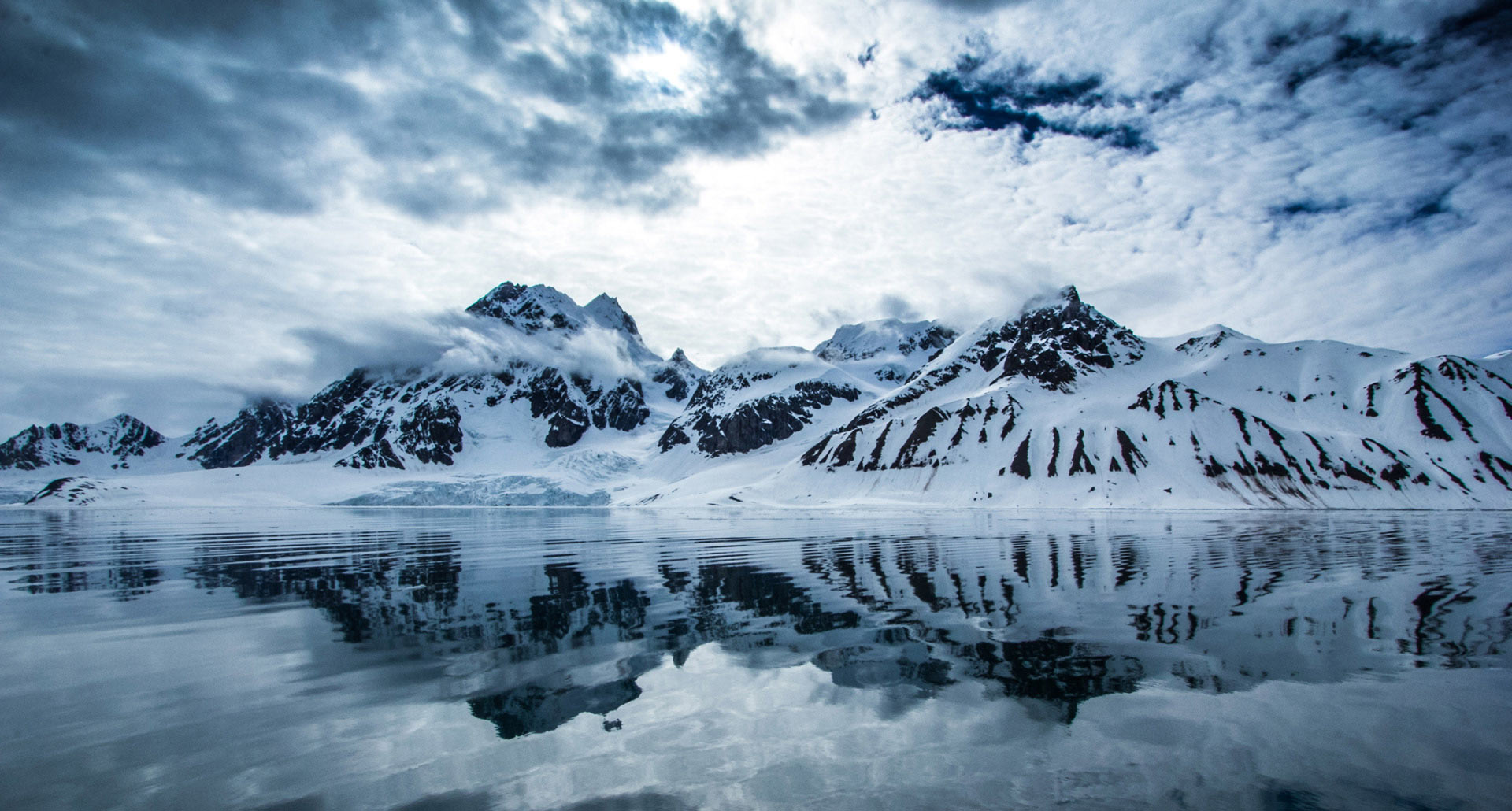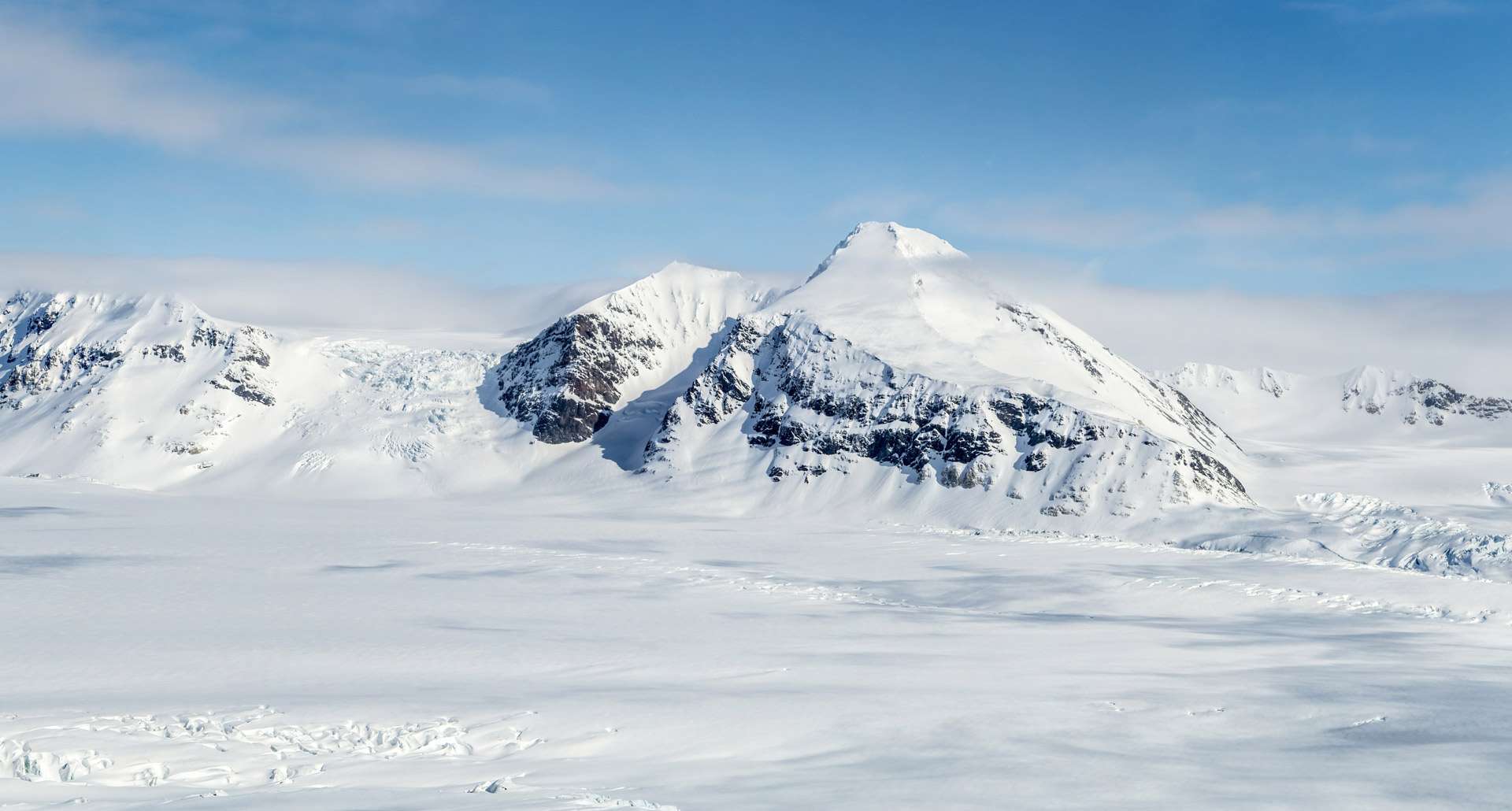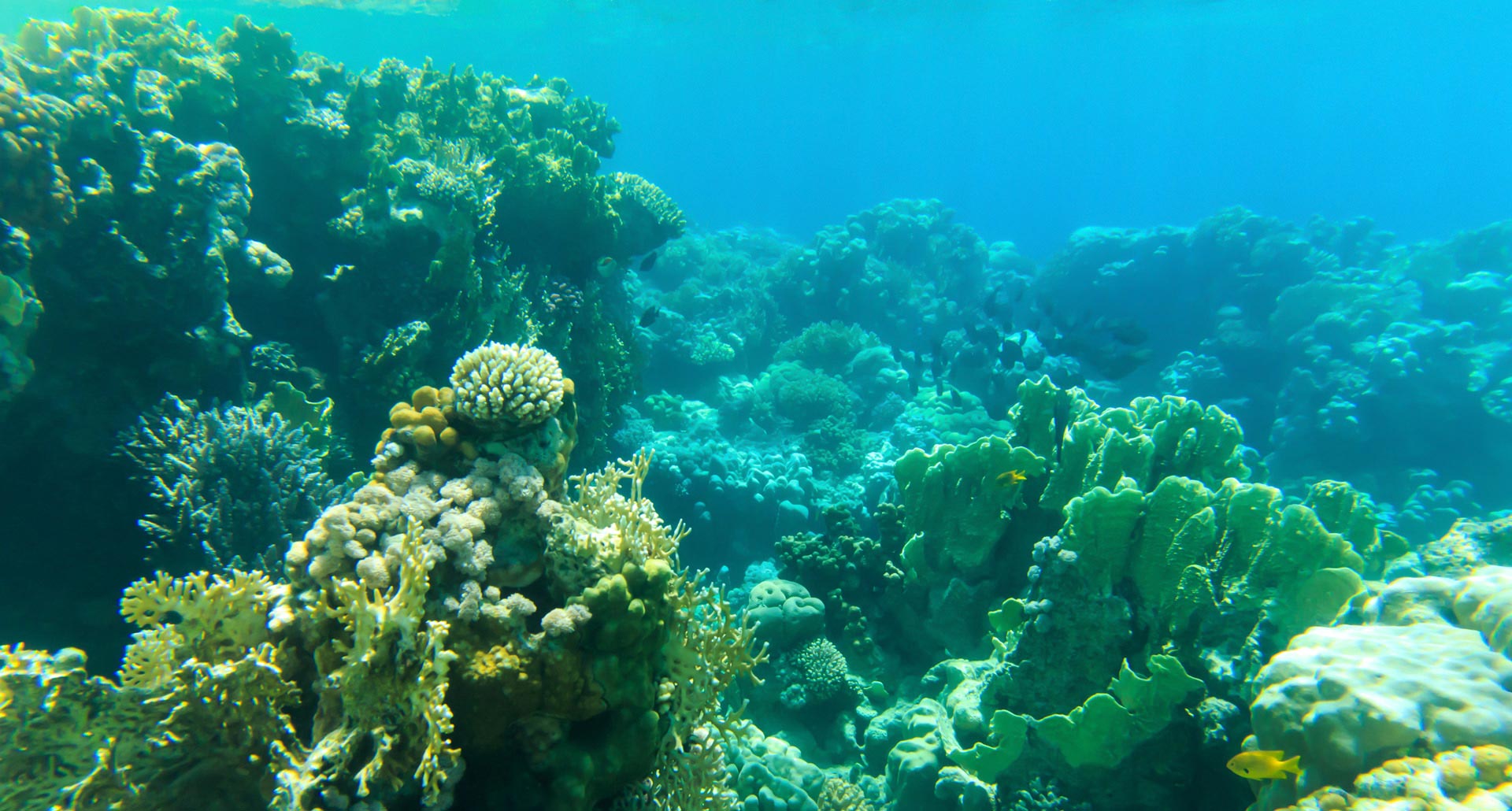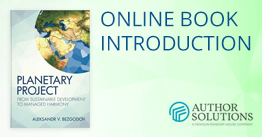ENVIRONMENT
Global environmental problems are diverse and dramatic, because they encompass practically all constituents of the natural human environment: organic and inorganic nature, natural resources, and climate. On the whole, global environmental problems are caused by the growing levels of harm that humans inflict on the planet. They include economic activity, irrational and wasteful nature management, overpopulation, urbanization, wars and armed conflicts.
Pollution and resource depletion have a long history that started with man populating the Earth and actively exploring it. These factors intensified during the periods of emerging industrial production, growth of cities and population growth, and were stimulated by industrial revolutions. Anthropogenic pressure on the Earth’s environment reached its peak in the 20th century resulting in a number of irreversible consequences manifesting themselves in the 21st century.
We can classify current global environmental problems by their setting, causes, essence and possible solutions.
|
№ |
Setting |
Essence |
Causes |
|
1 |
Atmosphere |
1.1. Atmospheric pollution with exhaust fumes and combustion by-products. |
1.1. The burning of fuel, industrial and household waste, and industrial emissions: 15 billion tonnes of carbon dioxide, 150 million tonnes of serum dioxide, 50 million tonnes of nitrogen oxide, 700 thousand tonnes of halocarbons, 100 thousand tonnes of toxic chemicals, 500 tonnes of lead and 10 thousand tonnes of mercury are emitted into the atmosphere. |
|
1.2. Greenhouse effect. |
1.2. Greenhouse concentration levels in the atmosphere; destruction of biota; thermal impact on the atmosphere (including high voltage electric radiation). |
||
|
1.3. Thinning of the ozone layer (by up to 1 – 2% annually) and growth of ozone holes. The ozone hole in the Antarctic is of special concern; it has reached the area of 10 million sq. km and is moving towards the Southern Hemisphere. The Arctic is also losing its ozone layer by 6% annually. |
1.3. Polluting emissions into the atmosphere, automobile and space transportation pollution |
||
|
1.4. Oxygen share reduction in the atmospheric air. |
1.4. Destruction and reduction of oceanic plankton that generates up to 70% of oxygen in the atmosphere. |
||
|
2 |
Soil |
2.1. Soil deterioration: erosion growth, diminishing fertility, per capita reduction of agricultural lands.
|
2.1. Irrational land management for agricultural production and cattle breeding; accumulating waste; influence of acidic precipitation and high levels of technogenic radiation. |
|
2.2. Desert growth, including caused by technogenic (toxic) factors. |
2.2. Pollutant accumulation, oxidization and salinisation. |
||
|
2.3. Drastic reduction of mineral and land resources. |
2.3. Increasing levels of industrial extraction; primitive extraction methods, which harm the environment |
||
|
3 |
Plants |
3.1. Genetic fund reduction. |
Deforestation; industrial pollution; urbanisation. |
|
3.2. Reduced area of forest, especially tropical. |
|||
|
4 |
Water resources |
4.1. Water pollution. |
4.1. Industrial and residential waste and acidic rain. |
|
4.2. Reduction of fresh water reserves. |
4.2. Growing levels of irrational consumption. |
||
|
4.3. Reduction of populations and extinction of entire species of fish and animals living in fresh and salt water. |
4.3. Commercial fishing and anthropo-technogenic waste poisoning. |
||
|
5 |
Animal world |
5.1. Reduction of populations and the genetic fund. |
5.1. Hunting and poaching; cutting of trees; degradation and death of ecosystems; climate changes |
|
5.2. Accumulation of hazardous synthetic substances in animals and humans that cause pathological conditions or stimulate pathogenic mutations. |
5.2. Anthropo-technogenic factors of human interference with nature. |
||
|
6 |
Ecosystems |
Reduction of the area of natural ecosystems (by 0,5 to 1 % and over annually) |
Technogenic interference with nature, draining, deforestation, marshland creation and waste dumping |
|
7 |
Climate |
Drastic deterioration of the planet’s energy balance: CO2 concentration levels have risen by 20% during the last half a century. |
Greenhouse effect, real threat of global warming, glacier melting and the flooding of considerable shore areas. |
To date, three large environmentally destabilized zones covering about 20 million square kilometers of land have grown in Europe, Asia and America, while fewer than 10% of natural ecosystems can still be considered intact. Some of the countries located in these zones are developing economically at a rapid pace, and are constantly increasing their polluting emissions.
Meanwhile, environmental conditions continue to deteriorate. The UN alone has spent several trillion US dollars on environmental programmes during twenty years of sustainable development strategy implementation. Despite some local improvement, the world’s environmental situation has considerably worsened, with new risks and threats emerging. This is easy to explain by the fact that only developed countries have passed and observe strict environmental legislation; they also fund adequately their environmental programmes. Moreover, they help the poorest countries, which often causes dismay and indignation amongst their elites who feel that justice is violated. No doubt, developed countries accept their responsibility in the context of international sustainable development efforts. They take into account the emphasis of their societies on the global environment, and on the technologies and financial resources they possess. Nevertheless, as we have seen before, the resources spent in Third World countries change practically nothing in their economic structure. This is not because they are inadequate; but because they are not invested in creating a civilised production and consumption market, instead of plugging the holes that re-emerge practically immediately.
It could be said that humanity is experiencing a comprehensive environmental crisis. We mean by this an environmental emergency situation. It is characterized by sustained negative changes of the environment that are harmful for the biosphere and human health. This situation is caused by the industrial-technical pressure society puts on nature. The problem is that the scope of this human activity does not match the Earth’s resources and environmental capabilities. We want the planet to give us something it cannot give us any longer. Our growing needs and desires are out of control.
It is important to understand that global environmental problems are caused not only by increasing human impact on the environment, but by the disparity in socio-economic development levels of different regions and countries, economies and cultures of the world. Resolving these issues is not possible without united and systemic efforts using economic, legal and technological instruments.
We are looking forward to analytical reviews, legal initiatives and proposals to tackle global environmental problems using our resource.









